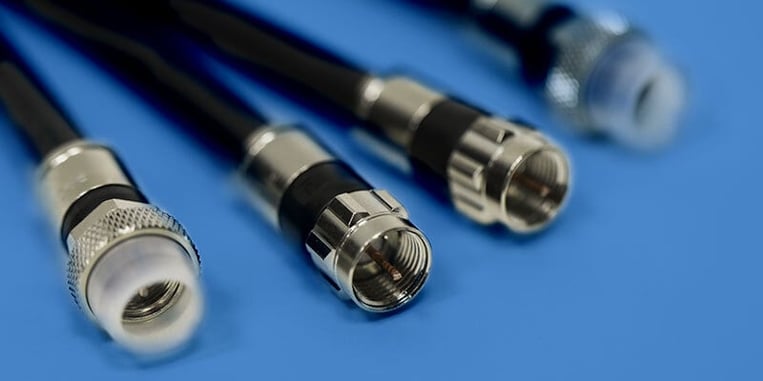
In the case of installing home entertainment gadgets, security systems, or in the installation of internet connectivity, coax cables form the core of the wiring. However, coaxial may be the same, but it is not always the same. Cable impedance is one of the most important specifications that need to be taken into consideration. The most common type that is recommended to be used in most home and commercial applications is the 75-ohm coax cable.
As a DIY homeowner or a professional installer, it is always important to understand how to identify a 75-ohm coax cable because identification saves on time, signal loss, and compatibility of the devices. That is all you need to know in order to identify and confirm a 75-ohm coax cable.
Continue reading to learn about the useful tips:
Verify the Cable Marks
The simplest method used to figure out whether a cable is a 75-ohm coax cable or not is by examining what is printed on the outer jacket of a cable. The type and impedance are normally printed on the cable. These two are 75-ohm coax cables. Today, RG6 is more popular since it has a higher bandwidth as well as superior shielding. The presence of the word 75-ohm, on the label, proves it.
Look at the Connector Type
Most 75 ohm coax cables are equipped with F-type connectors, which are commonly used for TVs, cable boxes, and modems. These connectors have a threaded design that screws onto the device’s port. While connector type alone doesn’t guarantee impedance, F-type connectors are a strong visual clue that you’re working with a 75 ohm system.
Measure the Diameter
Another visual cue is to take a look at the diameter of the cable. Today, the most common 75 ohm setup is RG6, and generally has a larger diameter than RG59 because the insulation and shielding are thicker. The thickness of an RG6 cable is approximately 6.9mm (0.27 inches). RG59 is a little bit thinner, about 6.15 mm (0.24 inches).
Touch the Flexibility
The added shielding of 75 ohm coaxial cables, such as RG6 is generally less flexible than the 50 ohm cables because of the extra shielding. Probably the case where the coax cable is better identified is when you are dealing with a stiff, solid-feeling coaxial cable, particularly a cable labeled RG6. There is a high likelihood that such a cable is a 75 ohm cable.
With Coax Cable Tester
In case of doubt, a coax cable meter can verify impedance. Signal resistance can be measured by these gadgets and will promptly inform whether a cable is 75 ohm or not. This might not be a requirement in casual home applications, but it will be a useful tool in the hands of professional installers.
Determining a 75 ohm coax cable is a major factor in providing any high-quality signal to your television set, internet, or surveillance equipment. Scrutinizing the presence of printed labels, connector pin-outs, cable gauge, and resorting to testing equipment as necessary will help both the amateur and the professional stay out of mismatched connection problems and infuriating signal anomalies. A bit of knowledge and care will allow you to ensure that your setup can work as well as possible, with an appropriate cable used.
